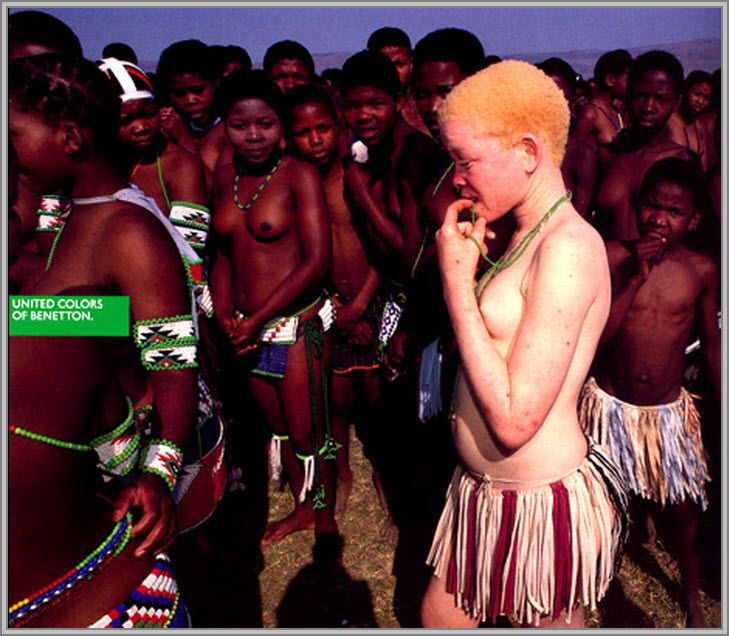Oliviero Toscani is an Italian photographer. From 1982 to 2000, he ran the ad department of the Italian clothier, Benetton. Starting in 1989, his ads for the company took on an edgy and controversial tone. With images as stark as that of a dying AIDS patient or the bloody uniform of a dead Bosnian soldier or controversial as colored condoms or a black woman breastfeeding a white baby, he sought not only to sell clothing but also to spur conversations about social issues of the day and encourage activism.
In 2000, his “Death Row” campaign incited the ire of victims families in Missouri, led to lawsuits and Sears pulling the Benetton line. He would leave the company due to that.
Although critics accused Mr. Toscani of cheapening and exploiting social issues during his tenure at Benetton, supporters of his work pointed to his bravery and social consciousness in raising awareness about issues such as racism, the AIDs epidemic, wars, and famine.
This past Saturday, events that followed my reading of a piece titled, “The Albino Community in Ghana: ‘I’m Motivated to Believe That I Can Survive’”, led me to think of one of Oliviero Toscani’s Benetton ad campaigns from 1992.
The piece was in the New York Times, was written by Walter Thompson-Hernández and delved into the challenges faced by albinos in Ghana.
One of the people he interviewed while preparing the column was a good friend and colleague, the dermatologist Dr. Jeannette Aryee-boi.
I was excited to see Jeanette’s face all over a page in the Times. I called her.
You see, besides facing a lot of discrimination, albinos also have to deal with very early-onset skin cancer and that is where Jeanette comes in. She has dedicated part of her practice to supporting albinos with skin cancer.
We talked about the difficulties albinos faced. She informed me that June 13 had been designated by the UN as International Albinism Awareness Day and that she would be giving a lecture on skin cancer in albinos as part of the events scheduled for the day.
Immediately after I hung up, I remembered one of Oliviero Toscani’s Benetton ad campaigns from 1992. The picture for the ad was shot in South Africa. It showed a group of young Zulu girls standing together. One of them seemed to stand alone, shunned by the others. The Zulu girl standing alone was different. She was an albino.
From the first time I saw that ad in Berlin in 1992, it has stayed with me. Even though it incited all sort of backlash back then, it did carry and still carries a very poignant message of exclusion and discrimination.

So as the International Albinism Awareness Day rolls around, I cannot help but share this image to raise awareness about a problem albinos face all over the world – discrimination. There are even parts of Africa where being an albino can be a death sentence. Luckily, albinos in Ghana do not have to worry about that.
On Wednesday, as the problems that face albinos get placed front and center, let us all learn to have more tolerance for those who are different and may not look like us. Let us learn to accept people for who they are. Let us not even hide behind our respective faiths to ostracize and exclude but with open arms, let’s accept all into the fold of humanity.
Lastly, for all who have felt the sting of discrimination in their lives, I pray that the experience does not make you angry and bitter or even withdrawn and apathetic. I pray rather that those ordeals you have faced or even still face will let deep wells of empathy spring up in you. Wells of empathy that would allow you to seek out and support those marginalized because of who they are, where they may come from, who they worship or even have sex with.
Let us try to create a world where the Albino Zulu girl does not stand alone, shunned by her peers.
